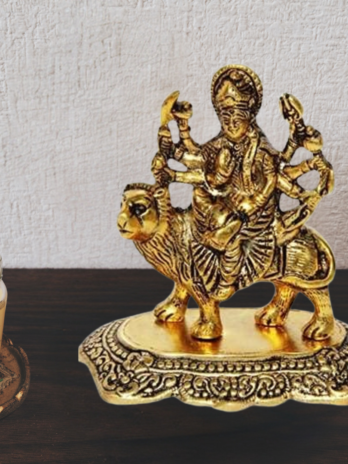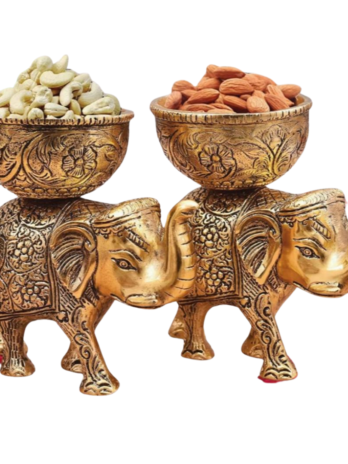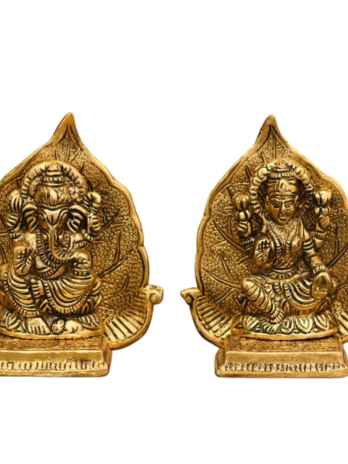Description
Nataraja: The Cosmic Dance of Lord Shiva
Discover the divine symbolism of Nataraja, the mesmerizing dancing form of Lord Shiva. This iconic depiction is a synthesis of Hinduism’s essential aspects, encapsulating creation, destruction, and cosmic balance.
Key Features:
- King of Dancers: The term “Nataraja” translates to “King of Dancers” (Sanskrit: nata = dance, raja = king). Shiva’s dynamic dance symbolizes the eternal rhythm of existence.
- Chola Bronzes: Magnificent Nataraja sculptures from South India (8th to 12th century) showcase Shiva’s four-armed form, flying locks, and intricate dance steps.
- Central Deity: The Nataraja idol at the Chidambaram temple in Tamil Nadu holds immense significance, representing Shiva’s cosmic dance and dramatic arts.
Spiritual Significance:
- Tandava Dance: Nataraja’s dance, called the tandava, balances creation and destruction. His flying locks symbolize liberation from worldly attachments.
- Apasmara Defeated: Shiva tramples upon a demon (Apasmara or Muyalaka), representing spiritual ignorance conquered by divine wisdom.
- Oldest Known Sculpture: The Seeyamangalam-Avanibhajana Pallaveshwaram Temple houses the oldest Nataraja sculpture in India (6th century CE).






Reviews
There are no reviews yet.